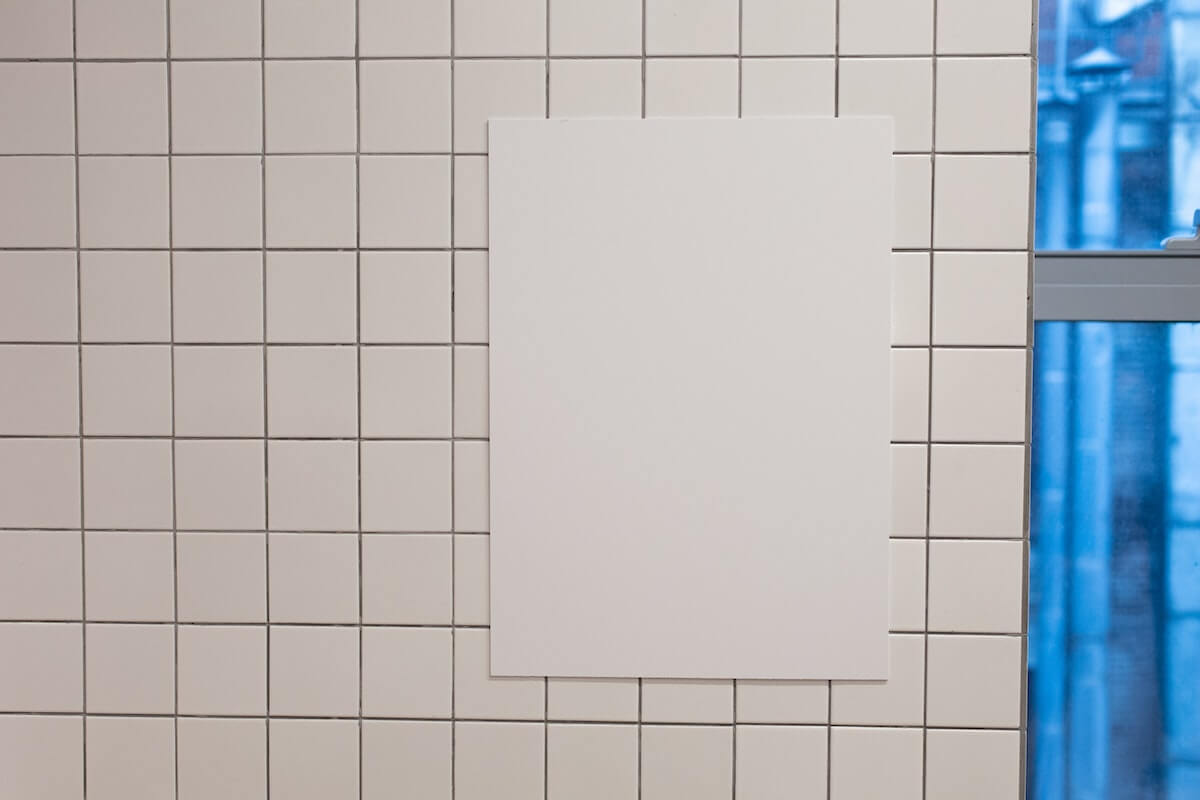
Acoustic wall panels are products made of materials with sound-dampening properties. The main role here is played by the structure of plastic foam placed inside the soundproofing cladding. Acoustic panels are attached directly to the wall or ceiling – usually with a special adhesive.
They do not have a significant thickness, so they do not limit the usable space of the muted interior but effectively protect against excessive noise. It is also a well-designed solution that does not distort the sounds generated inside the room.
As a result, it works well in residential and professional recording studios or other public spaces with higher acoustic requirements.
Acoustic panels for the office
Soundproofing panels allow you to get rid of the so-called echo effect in a room such as a conference room. In rooms where we hear reverberation, we reflexively raise our voice and change its intonation. This is one of the most undesirable phenomena, as it increases the level of irritation and feelings of fatigue among employees.,
In offices, we can use acoustic wall panels and ceiling panels. All products related to acoustics – panels, baffles, and acoustic walls- help create the right conditions for work and greatly impact employees’ well-being.
Sound absorbing panels for comfortable working conditions
There is a wide range of products that absorb sound indoors. These can include acoustic wall panels or ceiling acoustic screens, partitions, mobile walls, furniture, free-standing screens, or wall-mounted phone booths.
Choosing the right product type depends on many factors – including the type and size of the room, the number of people in the room, and the noise level. Which acoustic product to choose to create a comfortable space?
Panels most often have a furniture board construction, while their back is finished with HDF. Commercially available upholstery for acoustic panels includes mineral wool, decorative fabrics, polyurethane foam, and melamine resin.
Mounting Acoustic Wall Panels
The installation of acoustic wall panels is so simple that you can successfully do it yourself. The work begins with the preparation of the substrate for soundproofing. It must be dry, clean, and free of peeling paint layers. It is worth first applying a layer of primer on weak, crumbling plaster.
The walls can be of different shapes, sizes and colors. They can be freely combined and pinned together. A partition wall is not only an ideal tool for soundproofing an office but also has great aesthetic value – it is an integral part of the room’s design.
Sound insulation in a room is as important as proper temperature and lighting. Good acoustics and proper soundproofing of office spaces provide comfortable working conditions and improve employee relations. Therefore, depending on the arrangement and need, we can opt for either a wall or acoustic panels. These products are extremely functional and have both practical and aesthetic advantages.
Acoustic panels are glued to walls and ceilings with mounting adhesive. This should be a glue that does not contain solvents and has a fast initial setting. Then the lubricated soundproofing elements almost immediately begin to adhere to the surface, which makes the work much easier and faster.
When gluing soundproofing panels, it is worthwhile to be diligent. Correct results (both practical and visual) are obtained only when the individual elements of the cladding adhere precisely and tightly to each other. A bit of skill is also required in applying the adhesive. This should be done in such a way as to avoid staining the top of the panels.








